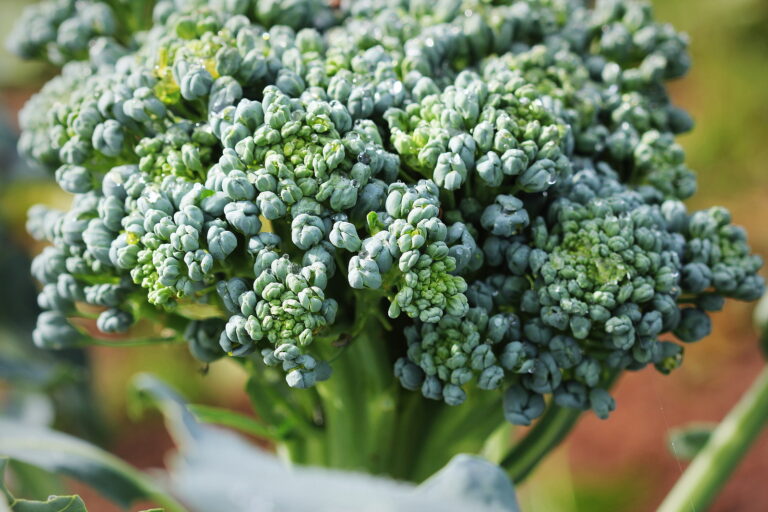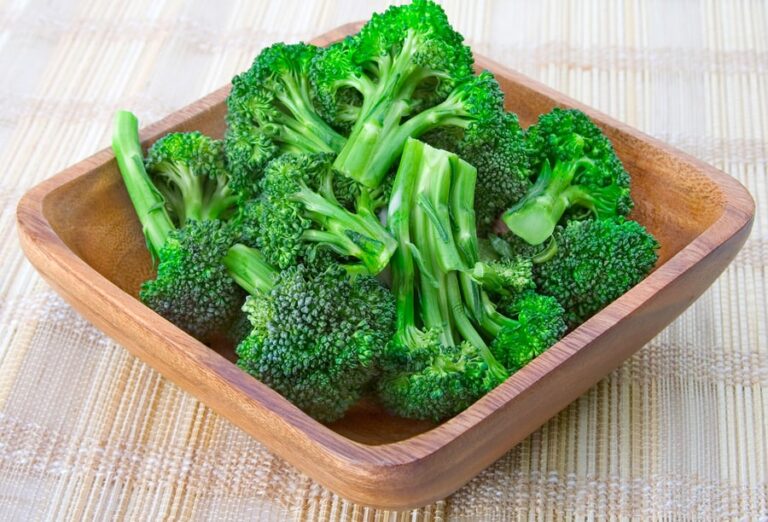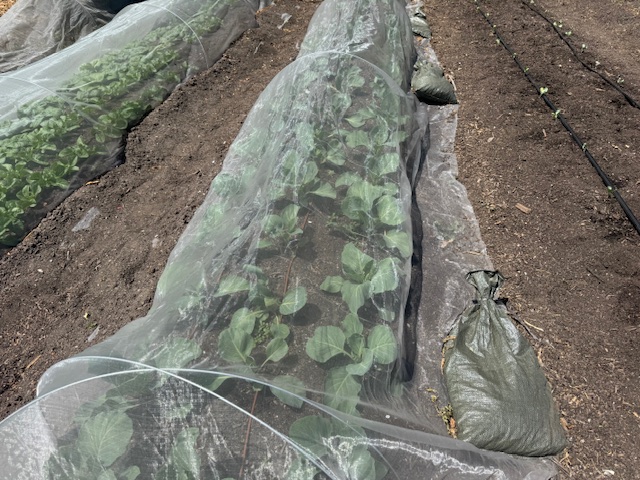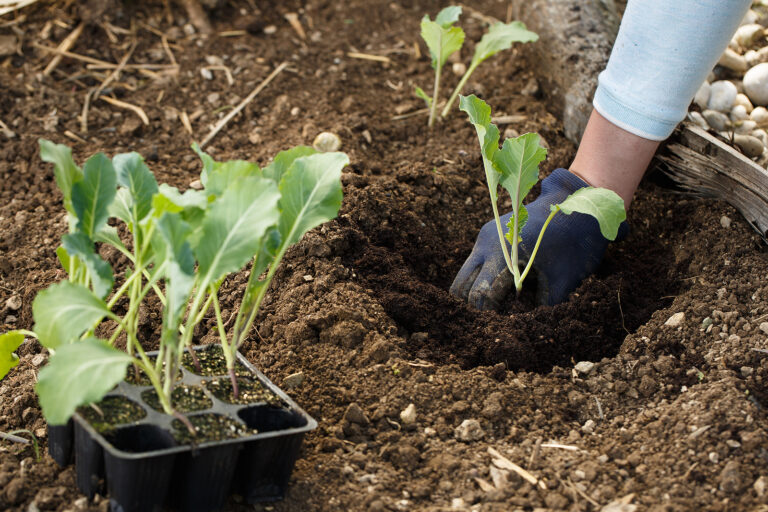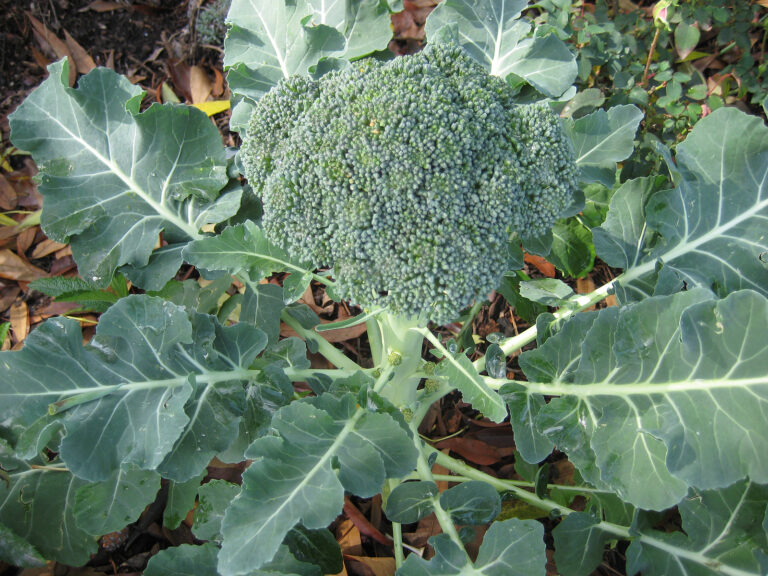How to Grow Artichokes in Containers: Soil Mix, Pot Size, and Seasonal Care
Growing artichokes in containers is absolutely possible—and in my California gardens, it has been a reliable way to control soil quality, manage moisture, and keep plants productive even in small spaces. If you don’t have room for a perennial bed or want to keep artichokes close to the kitchen, container growing is a smart, flexible option. Here’s how to set your plants up for success using practical, experience-based methods.
Choose the Right Pot Size
Artichokes need room—much more than most gardeners expect. I’ve had the best results with 20–25 gallon containers (roughly 18–24 inches wide). Anything smaller restricts root growth, slows bud production, and increases stress during summer heat.
My container-size rule:
If you think the pot looks “a bit oversized,” it’s probably just right for an artichoke.
Choose containers with excellent drainage—artichokes never tolerate waterlogged soil.
Create a High-Quality Soil Mix
Container soil is your biggest advantage. In the ground, artichokes need rich, loose soil; in pots you can create it from the start.
My proven soil mix for artichokes:
- 40% high-quality potting soil (not garden soil)
- 30% compost for long, steady nutrition
- 20% coconut coir or peat to maintain moisture without sogginess
- 10% perlite or pumice for drainage and root aeration
- A handful of organic vegetable fertilizer (balanced 4-4-4 or 5-5-5)
Mix thoroughly before filling the container.
Tip from experience:
I mound the soil slightly in the center, so water spreads evenly instead of pooling around the stem.
Planting Artichokes in Containers
Plant rooted starts rather than seeds for container growing—your yield will be higher and faster.
How to transplant successfully:
- Plant crowns at the same depth they grew in the nursery pot.
- Set the plant slightly off-center to give one side more room for future shoots.
- Water to settle the soil and fill any air pockets.
Place the container where it will receive 6–8 hours of sun—morning sun with a little afternoon shade works best in hot-summer regions.
Seasonal Care Tips (Based on What Works for Me)
Spring: Establish and Feed
- Keep soil consistently moist but never wet.
- Feed monthly with a balanced liquid organic fertilizer.
- Mulch lightly to keep roots cool.
Summer: Heat Management
In Sonoma’s dry summers, container artichokes dry quickly.
- Water deeply 2–3 times per week depending on heat.
- Add extra mulch.
- Move pots to afternoon shade during heatwaves to prevent bud toughness.
Fall: Regrowth and Refresh
- Trim away old stalks and tired leaves.
- Add a couple inches of compost around the base.
- Reduce watering as temperatures drop.
Winter: Protect the Crown
Artichokes tolerate light frost but not deep freezing in pots.
- Move containers against a house wall or under a porch.
- Cover crowns with straw or dry leaves during cold spells.
Final Thoughts
Container-grown artichokes reward you with fresh, tender buds—even if your garden space is limited. With a generous pot, a rich soil mix, and steady seasonal care, you can enjoy perennial harvests for several years. Growing them in containers also gives you unparalleled control over soil quality and microclimate—two of the biggest factors in my long-term success.
Artichoke Learning Hub
Start here: How to Plant and Grow Artichokes: A Complete Guide – Full overview combining planting, care, and tips.
1. Planning and Varieties
- Best Artichoke Varieties for Home Gardeners – Choose the right variety for your climate and garden space.
- The Best Growing Conditions for Artichokes: Climate, Soil, and Sun Requirements – Understand the ideal environment for strong growth.
- The Best Companion Plants for Artichokes – Maximize productivity and garden health through smart plant pairings.
2. Starting Artichokes
- How to Start Artichokes From Seed: Indoor Sowing, Transplanting, and Timing – Begin your artichokes indoors for an early start.
- How to Plant Artichokes the Right Way: Soil Prep, Spacing, and Transplant Tips – Ensure proper planting for vigorous growth.
- When to Plant Artichokes in Your Garden: Cool-Season Timing for Every Climate – Align planting with seasonal windows.
- Artichoke Planting Calendar: Month-by-Month Guide – Reference for planting, care, and expected harvest times.
3. Care and Maintenance
- How to Water and Fertilize Artichokes for Big, Tender Buds – Ensure strong growth and large, flavorful buds.
- Artichoke Care Throughout the Season: Pruning, Mulching, and Overwintering Tips – Seasonal care strategies for healthy plants.
- How to Overwinter Artichokes for Bigger Harvests Next Year – Protect crowns for larger next-season yields.
- How to Grow Artichokes in Containers: Soil Mix, Pot Size, and Seasonal Care – For gardeners with limited space.
- Artichokes Growing Problems: Troubleshooting – Identify and solve common issues for healthier plants.
4. Harvesting, Storing, and Cooking
- How to Harvest and Store Artichokes – Timing and methods for picking tender buds.
- How to Store and Preserve Artichokes: Refrigeration, Freezing – Extend freshness and flavor post-harvest.
- How to Cook and Serve Artichokes – Turn your harvest into delicious dishes.

